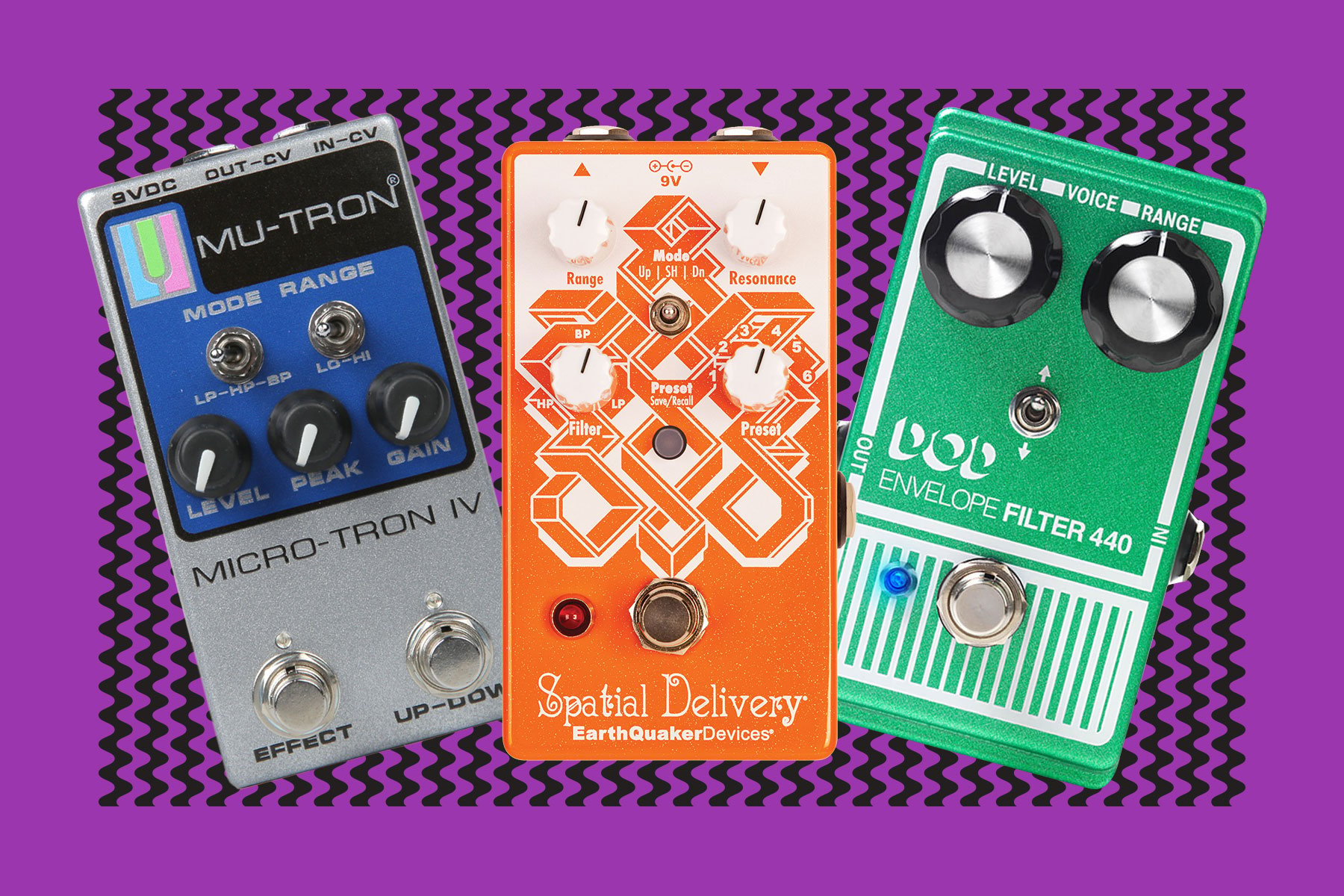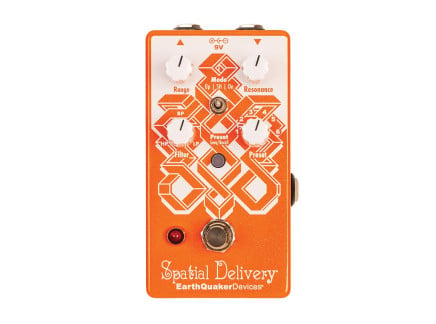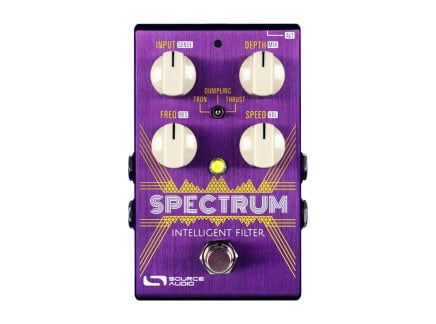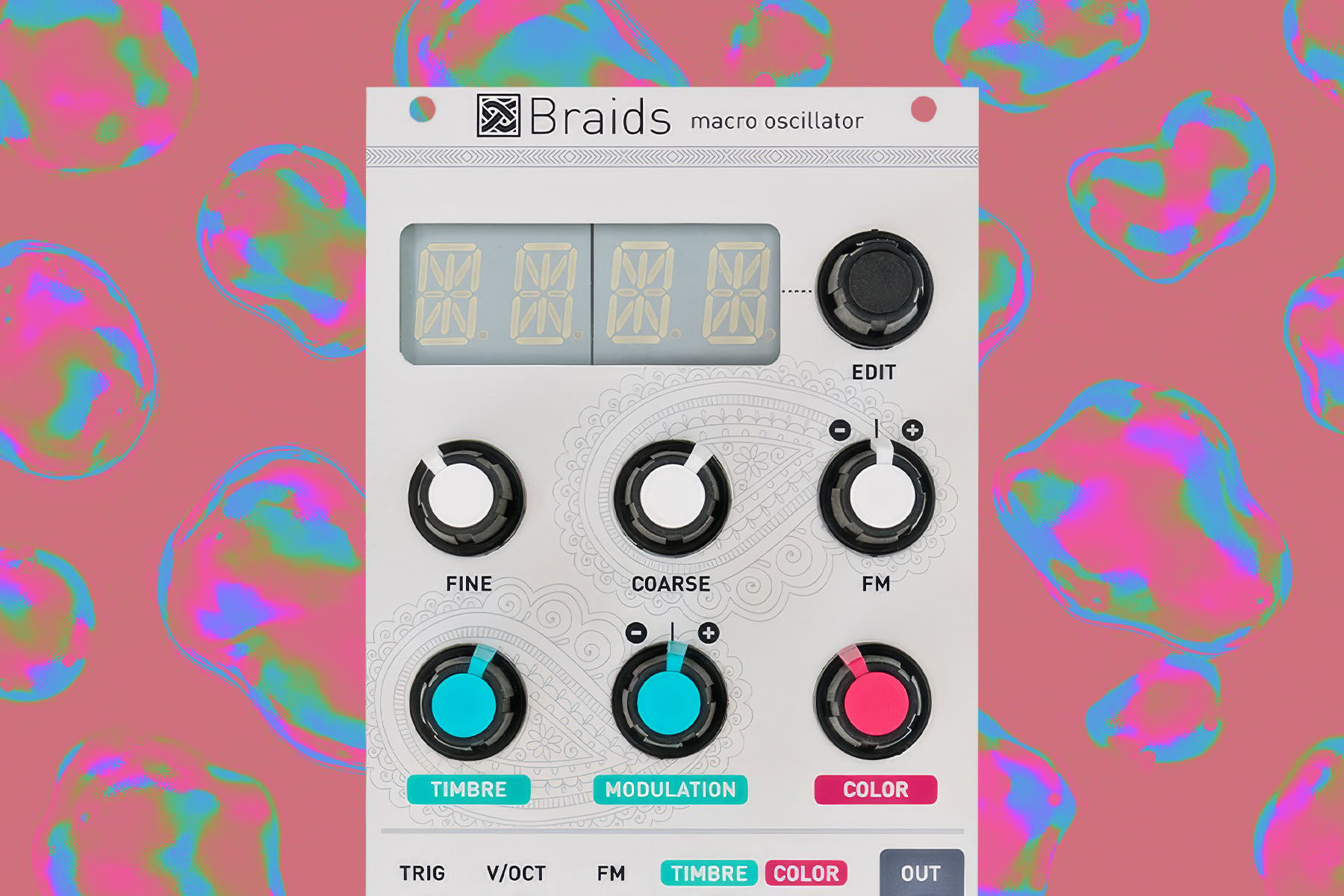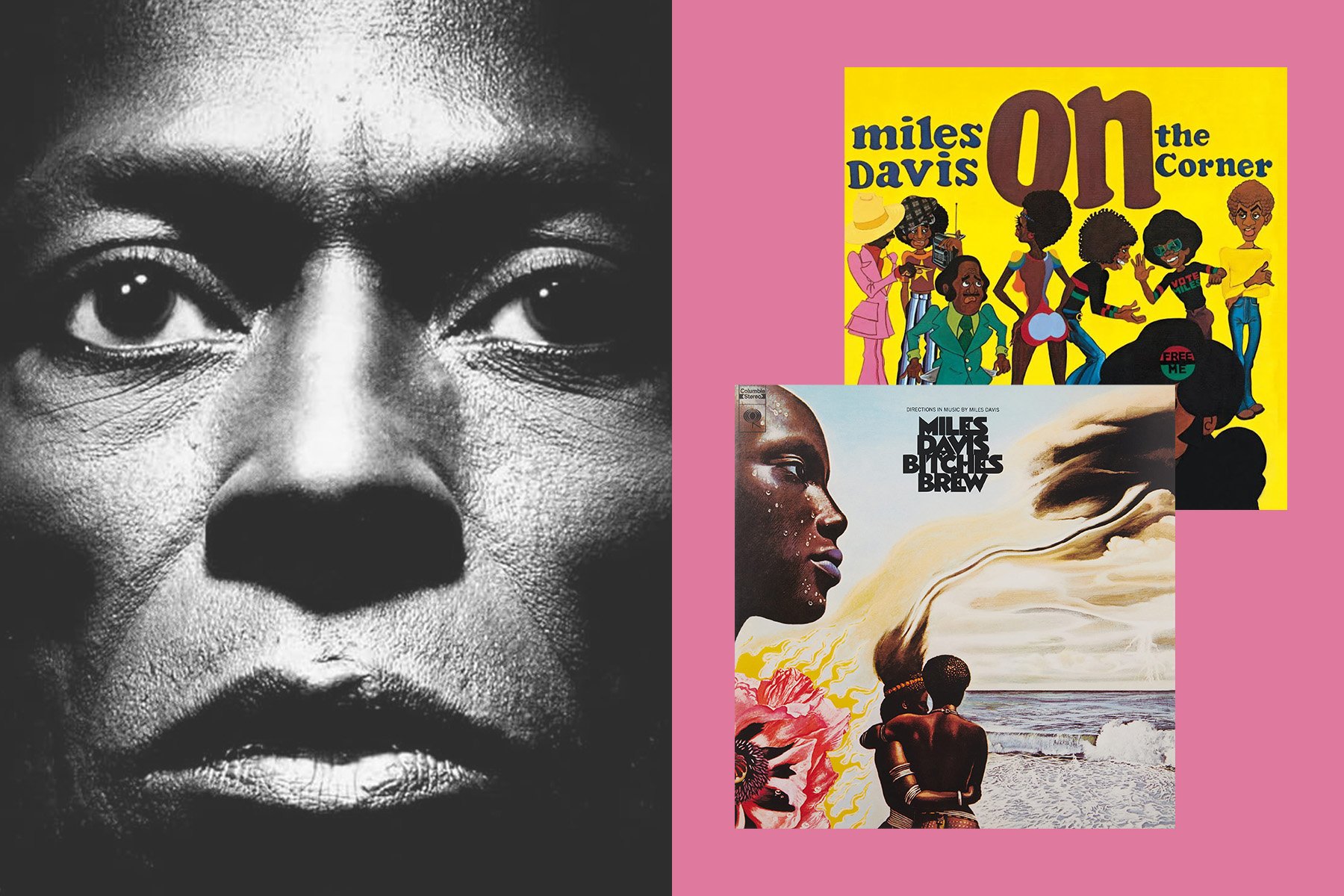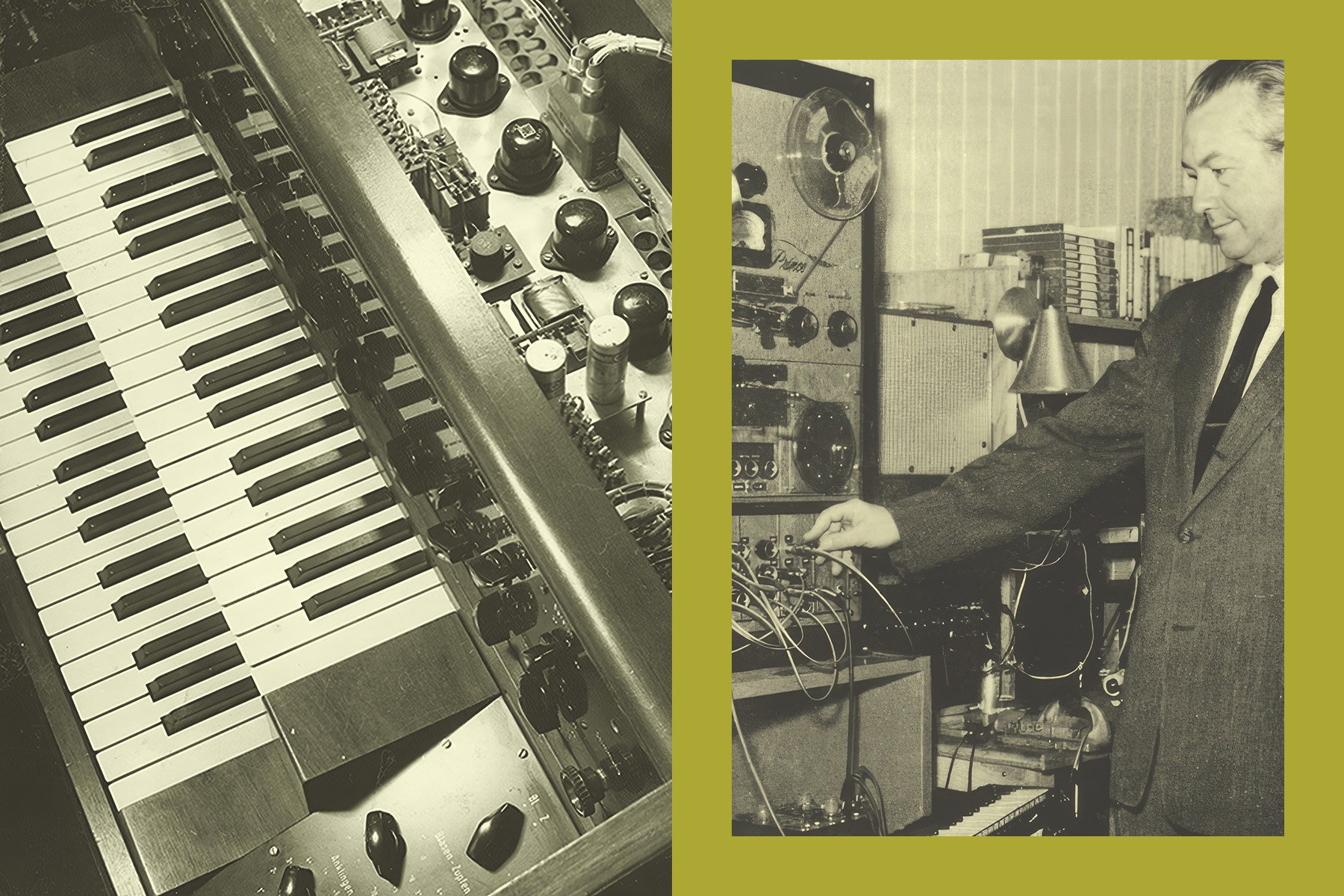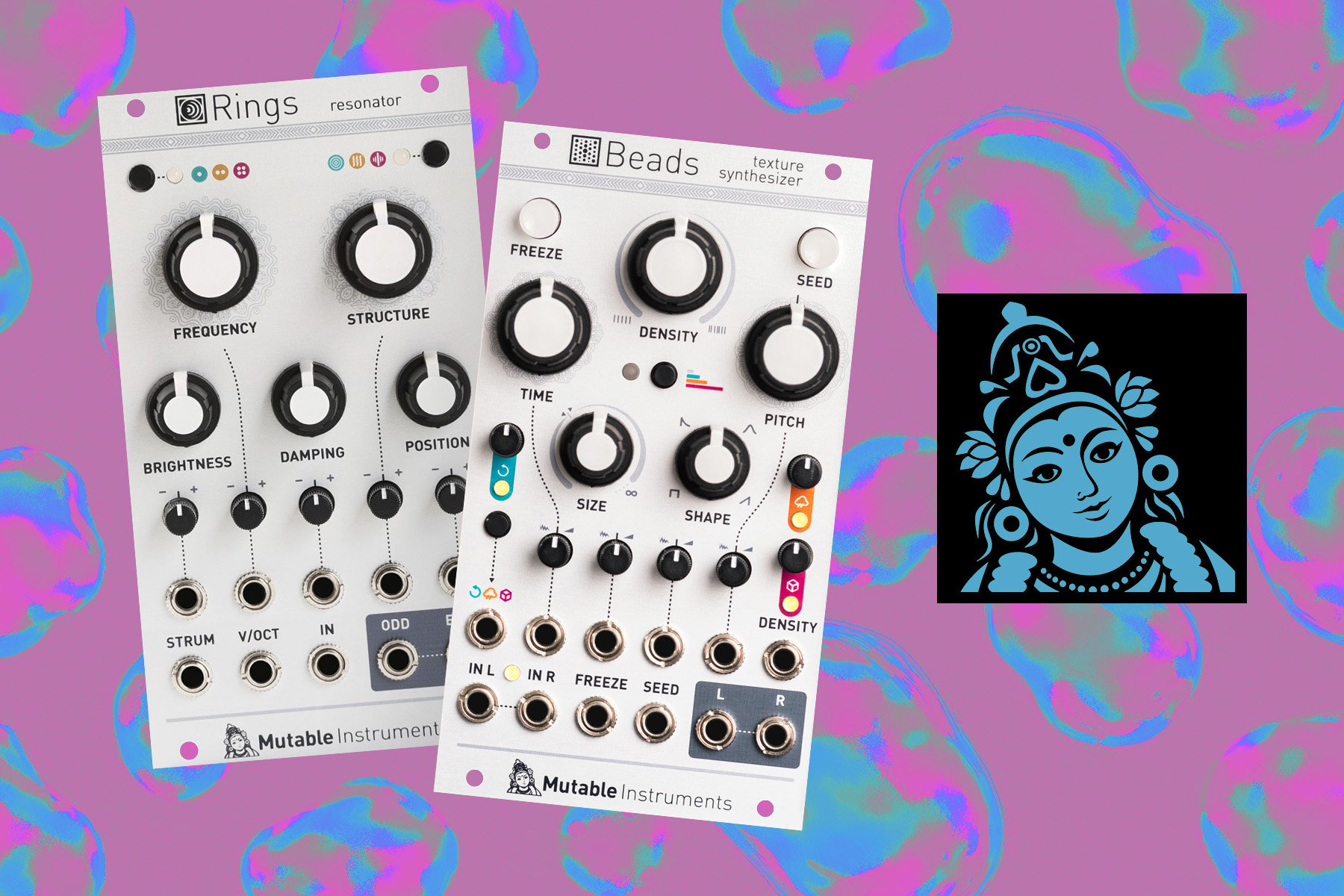Envelope filters—a common type of effect pedal—come from some of the most foundational techniques of electronic sound synthesis. Every sound has an envelope: we use this term to describe the way that a sound's loudness evolves over time. This term has been co-opted by the synthesis world to describe a class of tools that help to manage changes in sound over time. In synthesis, envelopes can affect a sound's loudness, timbre, pitch, and any other characteristics you can imagine. However, in the general sense (in acoustics, sound perception, and other fields), the term "envelope" simply refers to the trajector of a sound's loudness over time.
When we talk about envelope filters, we are talking about a way of controlling a filter using the envelope of a sound. Typically, the incoming sound's instantaneous loudness is used to affect the cutoff frequency of a filter. This creates a wide variety of interesting sounds, allowing players to control the filtering of their sound simply by altering their playing dynamics.
The pedal format of envelope filtering became popularized during the 1970s by many funk, disco, and psychedelic artists. The sound of the effect added a "squawk," "talk," or "quack" to their tone, allowing their instruments to almost seem to talk—thus shaping much of the sound that we today associate with popular music genres of the 1970s. One of the earliest popular envelope controlled filters built for instruments was the Mu-Tron III, which was invented by Mike Beigel. (See more about the history of Mu-Tron here!)
Envelope filters can be used for a few different effects. They are reactive to dynamics and as such filter out different frequencies based on the dynamics of the instrument being played. Keep in mind again, that a filter is more general than an EQ—and in this case focuses on the envelope of the sound. Sometimes referred to as auto-wah, this typically uses an envelope detector (aka envelope follower) to create a voltage analogous to the instantaneous loudness of the input. This is then used to modulate the cutoff frequency for the filter. Generally this creates a dynamic frequency sweeping effect. Commonly, the filter type is lowpass or bandpass, though highpass envelope filters are also possible.
This differs somewhat from the way filters are typically used in hardwired synthesizers. Typically for a synth, a parameter can be changed over time, at any given moment: you commonly specify the shape for a parametric envelope using a dedicated Envelope Generator, which may offer controls for attack time, decay time, sustain level, release time, etc. In envelope filter pedals, however, the filters are more often swept up and down organically, in response to the incoming sound—resulting in highly expressive tones and intuitive operation. With a pedal the guitar or instrument’s signal will do the controlling and manipulation of the frequency sweep. The pedal, dependent on a variety of settings, will respond in a number of ways to these dynamic changes—sometimes subtle, and sometimes drastic.
 A 1970s advertisement for the Mu-Tron III, featuring Stevie Wonder
A 1970s advertisement for the Mu-Tron III, featuring Stevie Wonder
Musictronics, commonly known as Mu-Tron, was actively producing high end audio equipment during the 1970s. At the start they made filtering and processing effects inspired by contemporary synthesizer designs. In 1972 they made the Mu-Tron III envelope filter, their best-selling product. The effect was popularized by artists such as The Grateful Dead, Stevie Wonder, and many others. Stevie Wonder famously used the Mu-Tron on "Higher Ground." The effect and sound of the Clavinet on that song are now iconic. Herbie Hancock also popularized the sound, as too, did The Grateful Dead. Both Herbie and Stevie used the synth-like control of these pedals on many of their instruments; clavinet, synths, and Rhodes were all stylized by this effect, arguably defining the sound of that era and genre. Jerry Garcia used it on his guitar solos, and players like Bootsy Collins found artful uses for these effects on his bass. Not just for the funky, there were also uses in styles like psychedelic rock, and envelope filtering’s popular usage extended into the 1980’s with rock players like Slash making innovative use of these sonic stylings.
Let’s take a look at some of the notable filter envelop pedals from the past and present, starting first with some of the seminal pedals that helped evolve an era of music.
Other Classic Envelope Filter Pedals
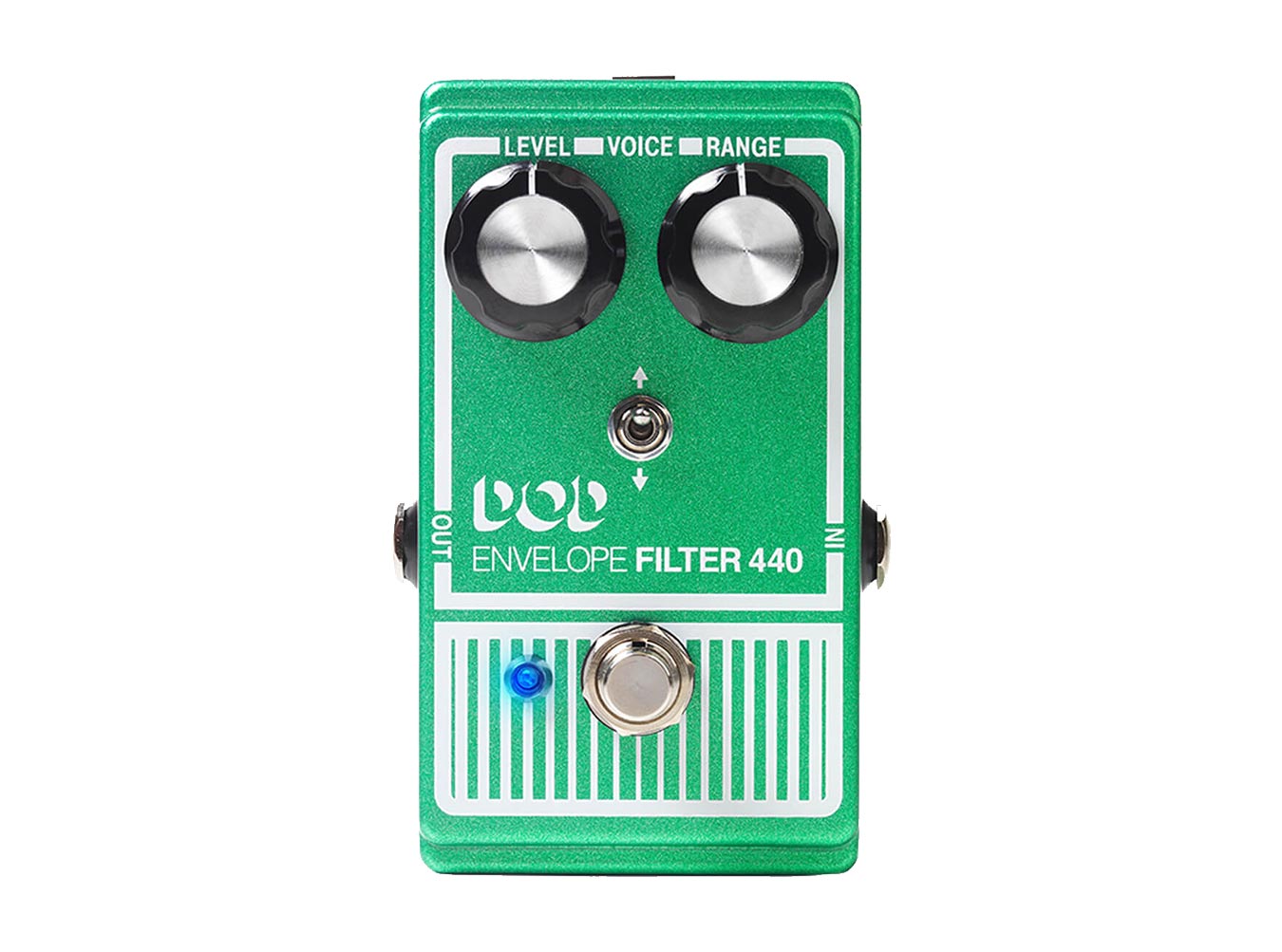
DOD 440: For guitar and bass, is known for its vowel like qualities, this pedal is talkative and also has a wah feature. Alternately, it has synth-like sound capabilities, with newer models featuring a toggle for control over which part of the sweep will be highlighted. It has been reissued in recent years.
BOSS AW-2 + AW-3: The AW-2 is a straightforward dynamic-sensitive wah effect, with the option to choose between several modes of operation. The manual control feature lets you set the frequency point for ultimate control of your sound. The later Dynamic Wah AW3 was an updated auto-wah filter with human voice-like tones, but also with an expression control for filters and the ability to track both dynamics and/or tempo for filter control.
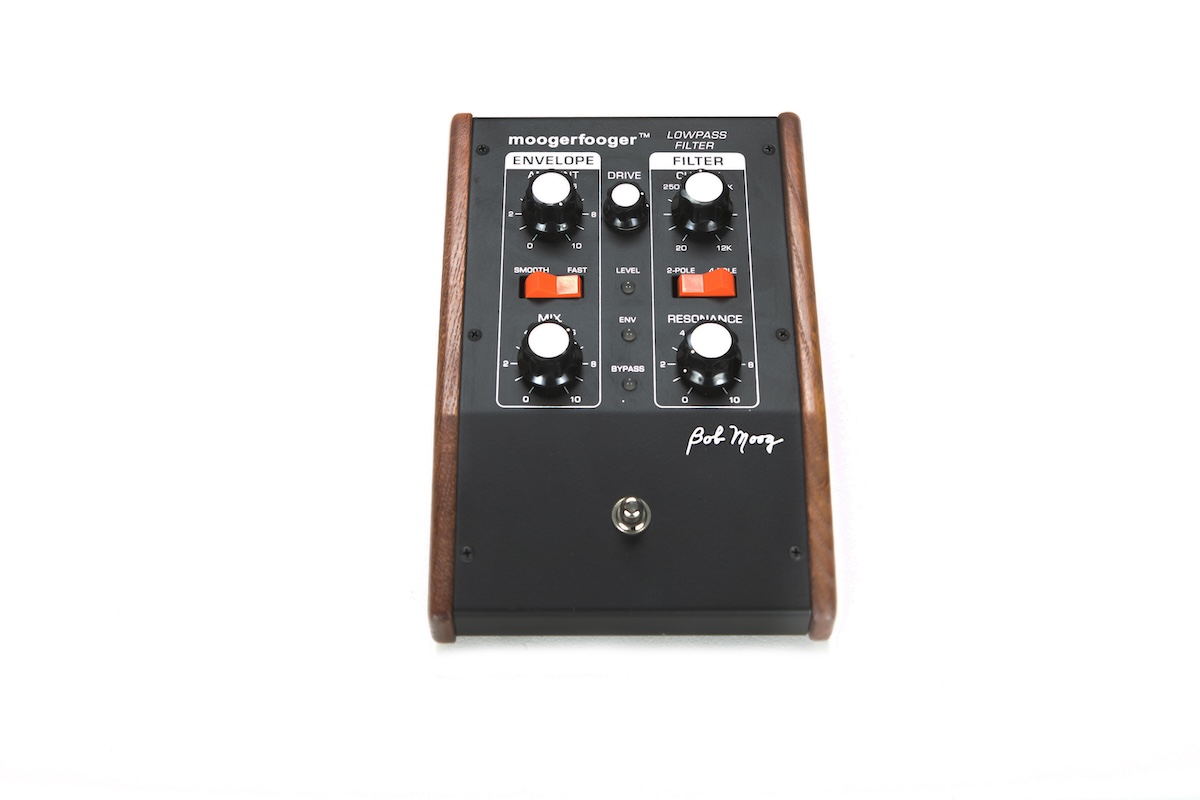
MOOG Moogerfooger MF-101: A lowpass filter, reminiscent of modular synths (which is what you’d expect from Moog!). The MF-101 can work with a variety of sound sources. This is all analog, and useful on synths, bass, guitars, or even distorting drums. There are two complete modular functions: Classic Moog Ladder Filter and Envelope Follower. For a more affected sound, play harder. Control voltage I/O on the rear panel opens up its possibilities, allowing it to modulate or be modulated by external equipment like modular synthesizers or other Moogerfooger pedals.
Modern Envelope Filter Pedals
EarthQuaker Devices Spatial Delivery: Envelope Filter with Sample & Hold; this voltage controlled pedal is less funky, and more in the auto wah territory. It has three distinct modes: up sweep, down sweep, and hold. Chiefly, the Spatial Delivery delivers you from boring tones: the sample and hold mode allows the filter to be controlled by random voltage while range controls the speed. The filter can also be cross faded be tween high and low pass, and the resonance control can add more fullness to the filtered sound. The newest iteration includes internal preset memory for easy access to your favorite settings.
Mu-Tron Micro-Tron IV: More of an update than a re-issue, it now has a level, peak (Q), and gain, with a foot switch for changing the direction of the filter. Included are a variety of filter modes and and an output level control. This update is smaller on the pedal board real-estate front and can be powered via 9V DC. They’ve also added a control voltage input so that you can use it with modular synthesizers or other CV-capable equipment—all the while sending your envelope voltage control out to other units if you like, as well.
Source Audio Spectrum Intelligent Filter: Stereo filter effect pedal that includes both the classic and iconic filter effects, but also synth like octave and distortion filtering effects. There are six factory presets to choose from, or you can opt into some deep diving in their Neuro Library with countless options, or create and store your own presets. (There’s an app too.) This one is extremely versatile and useful on guitar, bass, horns, keys/synths, and probably anything else you can think of.
Dr. Scientist Dusk: The Dusk pedal combines the best of both worlds of analog and digital; digital control of analog filtering with a 12dB low pass filter, providing richer filter sounds. More control is provided via features like tap tempo, MIDI, as well as six LFO shapes for automated modulation. There is also a true bypass and expression pedal/CV control over filter cutoff. You’d probably do OK riding off into the sunset with this pedal.
Keeley Electronics Neutrino: This is a 100% dynamic analog wah based around attack strength. There is presently a V2 on the market which has side mounted output volume. Prized for both its vocal like tone, and its power supply voltage doubler, which adds headroom. This is a classic optocoupler-based design, which enhances the smoothness of the wah-talk sounds.
Death by Audio Evil Filter: Useful on just about anything, touted as a psycho multimode filter. It is reputed to be hyper-precise due to the medical grade chip set inside. The Evil Filter has your standard high pass, bandpass, and low pass modes, but also has two resonance types. It uses two fuses to create more compression, and using octaves up and down you can push guitar tones into synth driven wave folding territories. CV/Expression input is also possible, so you can control the Evil… filter that is.
Way Huge Atreides: An analog “weirding module”, this pedal has a little bit of weird for everyone. Sub-octave, fuzz, phase, and envelope filtering all combined giving some really unique and monstrous sounds. Named after a David Lynch protagonist's weapon—from his film adaptation of Frank Herbert's Dune—this pedal is already cooler than you. This is one hell of ride with seven sliders on the pedal, with all kinds of combinations available to shape the sound, and control minds…or envelopes.
Quack, Talk, Zap, and Duck
Envelope filtering is powerful, style-defining, and still much in use; pushing creative sound design and music making alike, from the funkiest of jams, to the scariest of tones. Understanding the roots of these incredible tools and how dynamic functions can lead to better use of that collection of pedals you’ve amassed—or may be about to.

